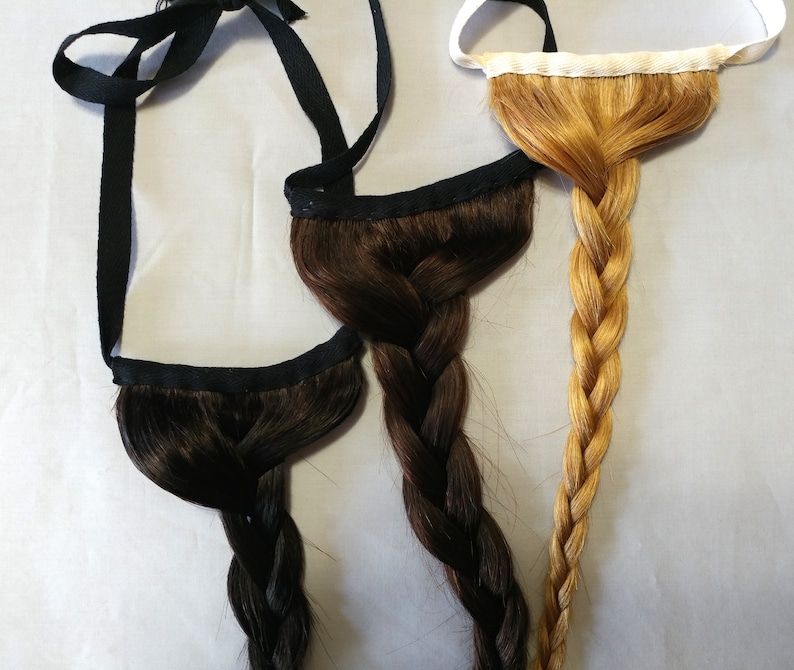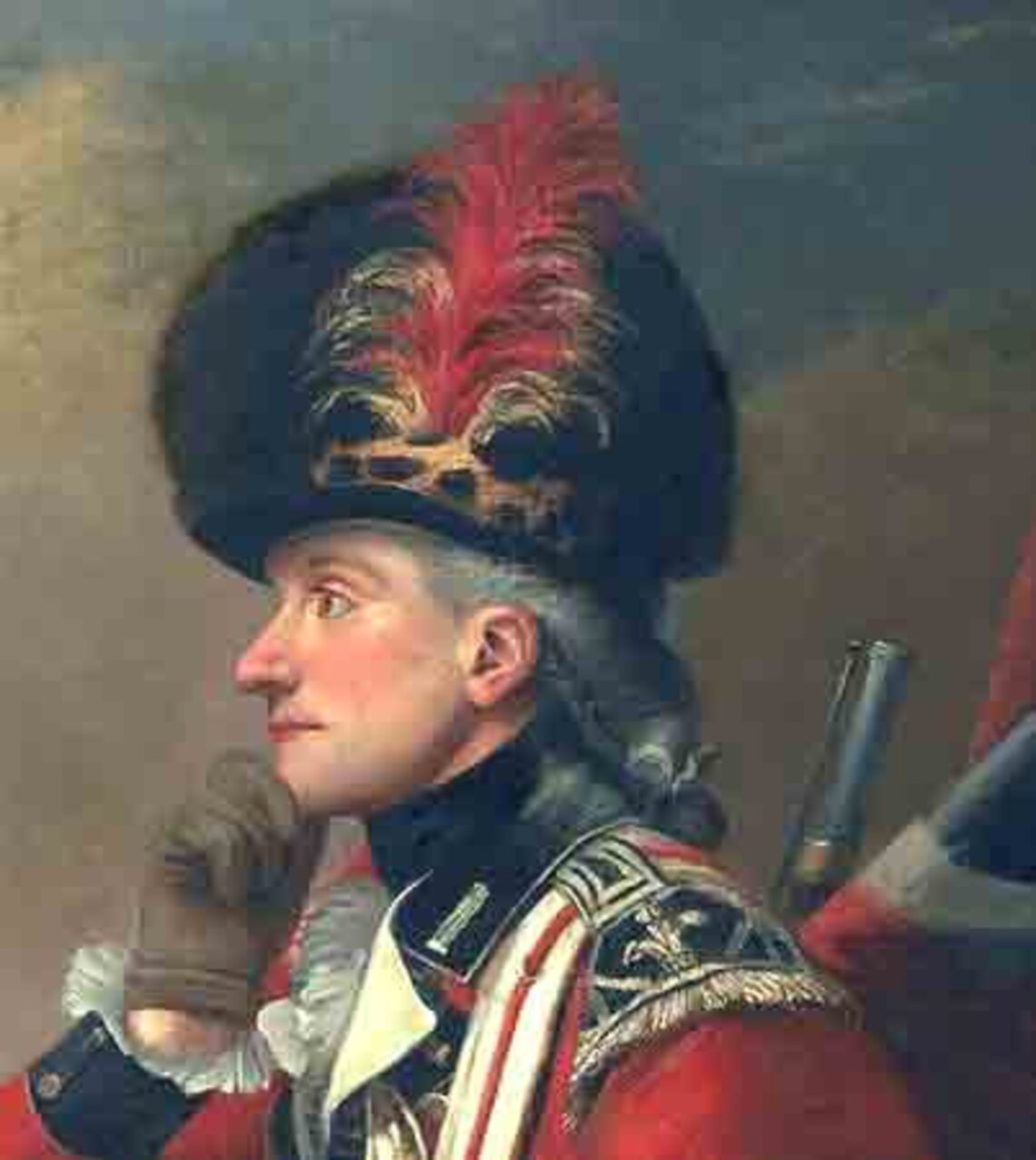

We may think that grooming is a 21st century ‘thing’ but it was extremely important back in the 18th century too. Wigmakers and hairdressers not only benefitted from the sale of wigs, but also by selling accessories to ensure their client remained looking and smelling fragrant with the use of soaps, oils, powders and pomatums, as we can see below at Oaks’ Ornamental Hair Manufactory on Vine Street London. A Doleful Disaster, Or Miss Fubby Fatarmin’s Wig Caught Fire. Wearing a wig was also a fire hazard due to the use of candles, something I have written about before, so candle light combined with the use of animal fats used for styling wigs, was a recipe for disaster. Needless to say, wearing a wig became something of a vicious circle, you may have chosen to wear one to protect against head lice, but equally, wigs were often made from made from animal hair which could cause lice and other scalp conditions which they may not have suffered from prior to wearing it! There were several reasons for wearing wigs, apart from being a fashion accessory, hair loss being the most obvious, but they were also worn to cover scarring caused by illnesses such as syphilis. To have your wig powdered was a sign of your wealth, affluence and when you read newspapers about missing persons, there was frequently a physical description of the person, but also a reference to the type of wig they were wearing as we can see below with this gentleman who was sporting a curled wig powdered. The terms periwig and peruke appear to have been interchangeable terms and it’s interesting to note the decrease in size of wigs over the decades as we can see here.

The use of wigs began prior to the 18th century, but they were very much in vogue throughout the 18th century and were known as either periwigs or perukes, and remained fashionable until the advent of hair powder tax which was part of the government’s way to find more ways to increase the empty coffers, at which time their prevalence diminished, and it wouldn’t take many years for au naturel to become the fashion.


 0 kommentar(er)
0 kommentar(er)
